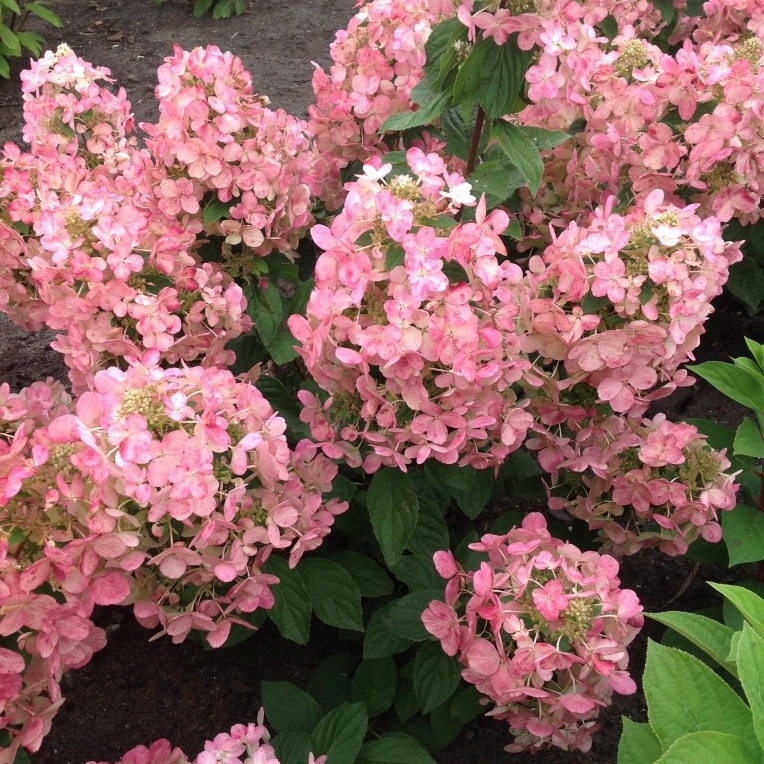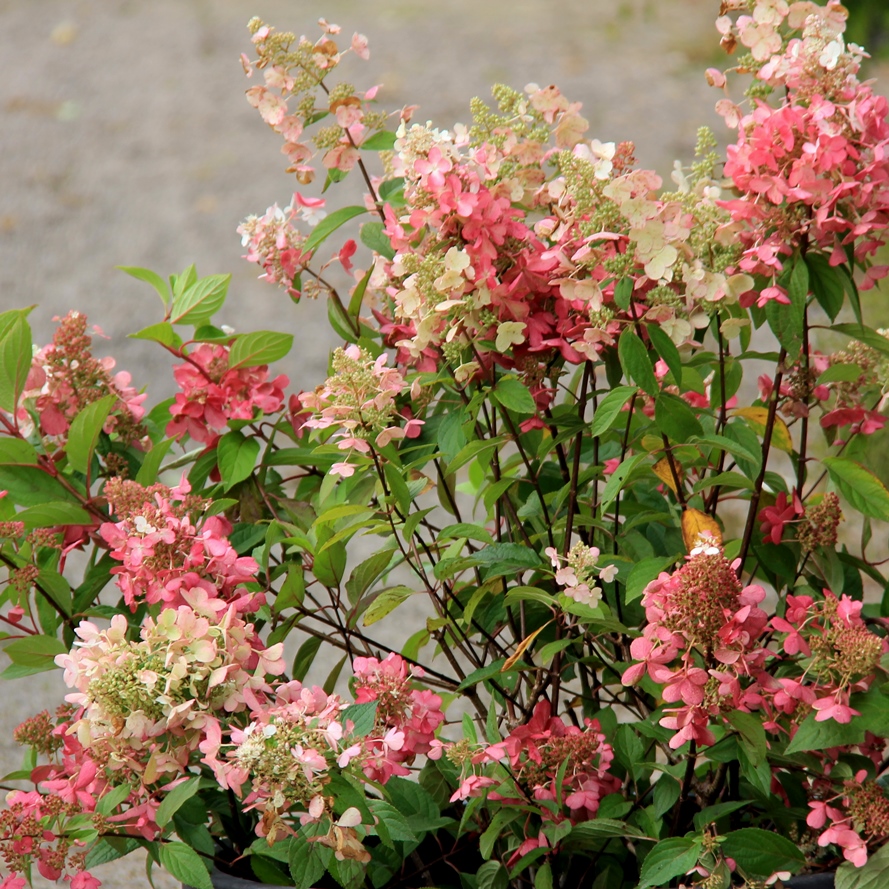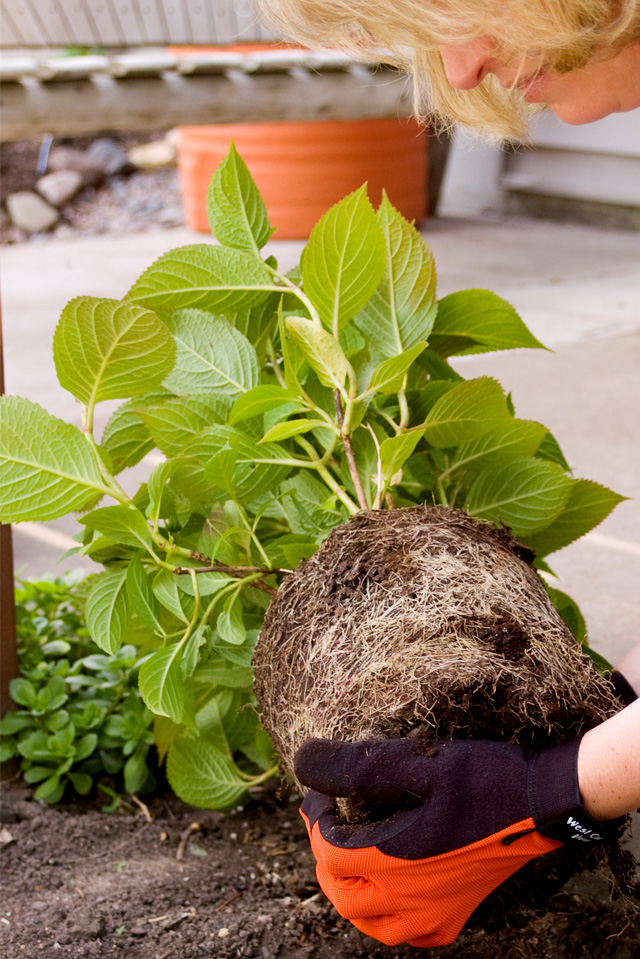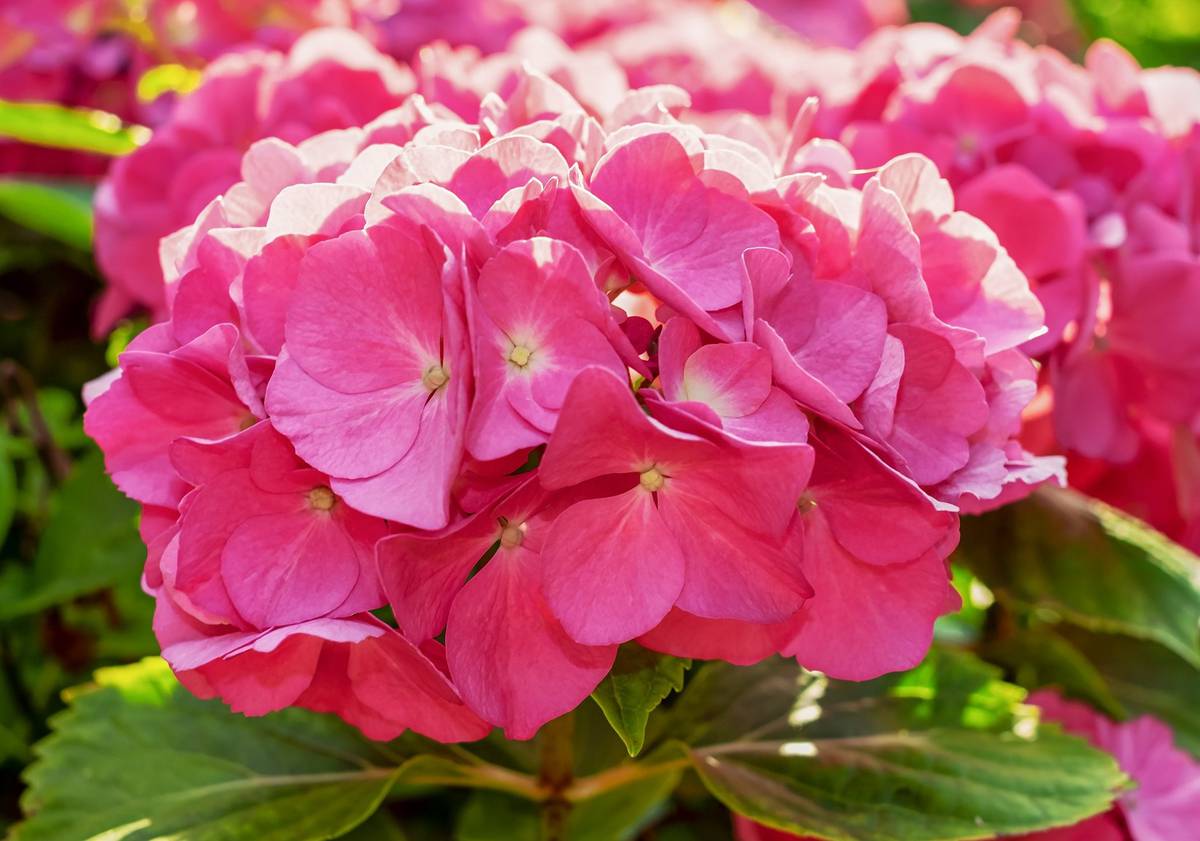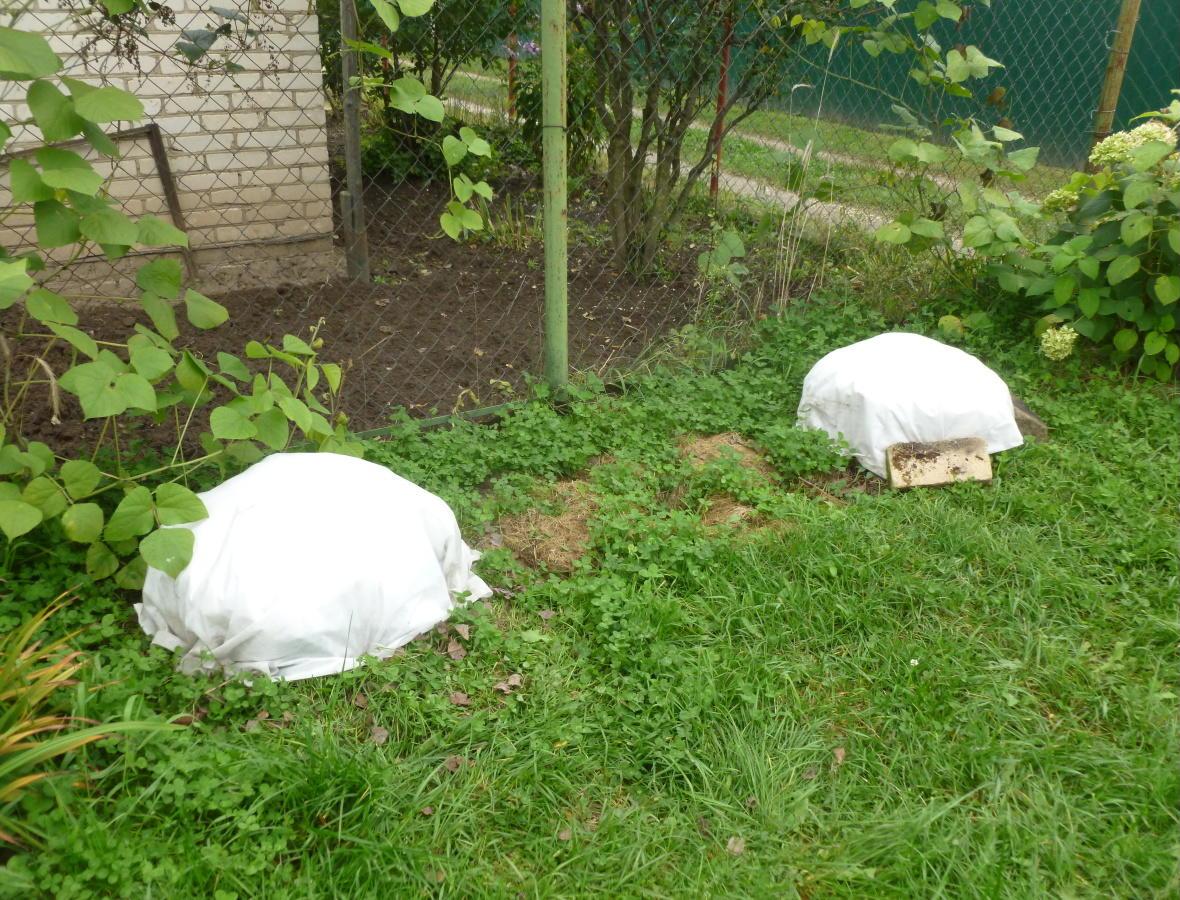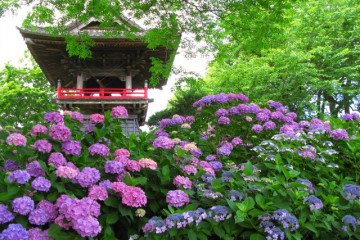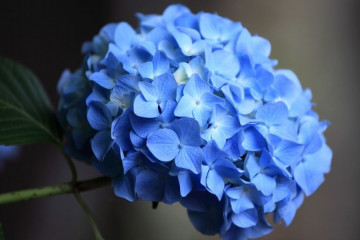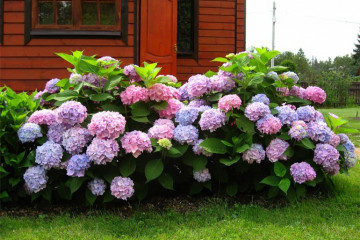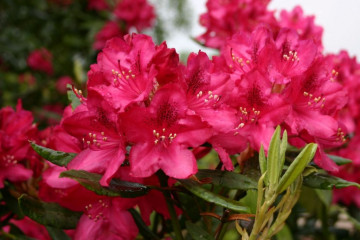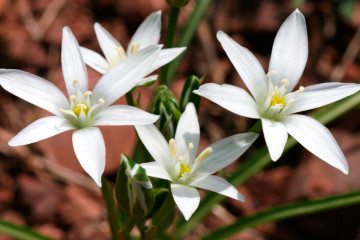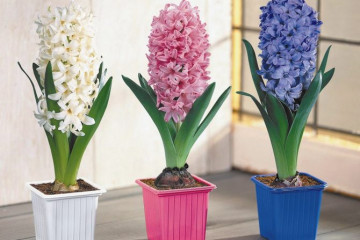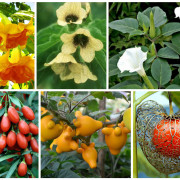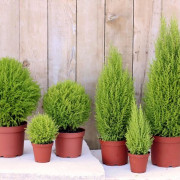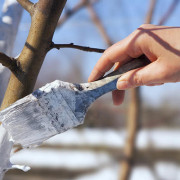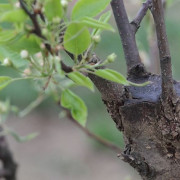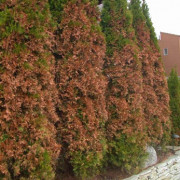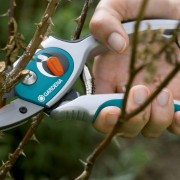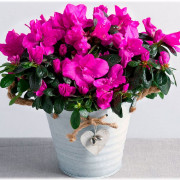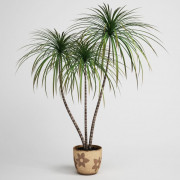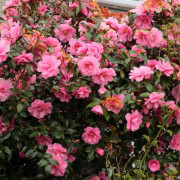Type of hydrangea Magic Fire paniculata: planting and care in the open field
Content:
Hydrangea Magic Fire is an ornamental plant in demand among gardeners, which attracts attention with its beautiful flowers and ease of care.
Origin
In the wild, the Magical Fire panicle hydrangea can be found in the Kuril Islands, in the south of Sakhalin, in Japan, as well as in China. It is difficult to imagine, but in the listed regions the plant can reach 10 meters.
The trunks of this type of hydrangea are highly valued for the durable white wood, which local craftsmen actively use as a material for the manufacture of all kinds of crafts.
general description
Hydrangea Magical Fire is a shrub with a spreading crown, which can reach a height of two meters. The flowers of the plant are collected in inflorescences in the form of panicles about 20 cm long. At the beginning of flowering, the petals are white, over time they begin to turn pink, at the end of flowering they become purple-red. The flowering process itself lasts from July to September.
Open ground transplant
In order for the hydrangea to quickly take root after planting in a permanent place of growth, it is important to do everything right.
What is required for landing
To plant the Magical Fire hydrangea in open ground, it is necessary to prepare a hole in advance. Its size should be 60x40 cm (while 40 cm is the depth). When planting several bushes at the same time, it is very important to maintain a distance to leave the plant enough space for growth. In this regard, the distance between the pits should be at least 2.5 meters.
Next, you need to prepare the necessary gardening equipment and you can start planting work.
Seat selection
In order for the Magic Fire hydrangea to feel as comfortable as possible in the open field, you should be especially careful when choosing a place where the plant will be planted. The hydrangea of this species has a very branched root system.
It is even larger than the diameter of the crown. This means that crops that require periodic digging of soil, such as hyacinths, gladioli or tulips, are not allowed in the immediate vicinity of the shrub.
The Magic Fire hydrangea is characterized by intolerance to any type of soil, which contains alkaline compounds. If a shrub is planted in such soil, it will either not bloom or will die altogether. Best of all, Magic hydrangeas feel in the same soils as roses (in acidic and slightly acidic loams).
The planting site should be in partial shade, since the plant does not tolerate direct sunlight. The gas contamination of hydrangeas is not scary, therefore, if necessary, it can be placed along the roads without problems.
Planting process step by step
Planting the Magic Fire hydrangea will not be difficult. The description of the procedure assumes the following steps:
- Carefully remove the seedling from the container along with the earthy clod.
- Place the seedling in the center of the previously dug hole.
- Cover with soil.
- Compact the soil around the shoots.
- Water the seedling abundantly.
- Mulch with peat, sawdust or rotted foliage with a layer of 5 to 7 cm.
Reproduction of hydrangea
Hydrangea propagation can be done in one of the following ways:
- cuttings;
- dividing the bush;
- offspring;
- layering;
- seeds.
Cuttings
Cutting is the easiest way to propagate hydrangeas. You need to use green cuttings, since brown ones with a lily stem take root much worse. To obtain seedlings, a strong lateral shoot is chosen, on which there are from 4 to 6 leaves. The cut is made below the knot at an angle of 45 degrees, the upper part of the cutting is cut at an angle of 90 degrees.
After the cuttings are finally rooted, they must be transplanted into a separate pot, in which the seedling will be grown until next spring.
Seeds
Propagation by hydrangea seeds is a long-lasting process, therefore it is used extremely rarely. From the moment of sowing the seeds to the first flowering, it will take about three years. Moreover, this method is not suitable for the propagation of hybrid varieties. They are best propagated vegetatively.
By dividing the bush
This method is rarely used. As a rule, it is used when transplanting a shrub. Everything is done simply: the bush is simply neatly divided into several parts.
The most important thing is that each part has its own rhizome. Then the roots are pruned and each cut is planted in a previously prepared place.
Offspring
In this case, the reproduction of the flower is carried out by young shoots. When using this method, the most important thing is to carefully separate the coppice shoot along with the root. Such offspring do not require rearing at home. They are adapted enough for planting directly into the garden.
Taps
It is most effective to use the layering method in the spring, while the buds have not yet blossomed. To solve the problem, grooves several centimeters deep are dug next to the bush and the lower shoots are placed in them. So that they do not rise, they are fixed with spears or special devices.
By the end of summer, such bends have time to take root and give several young shoots suitable for further growing. In October, future seedlings are dug up, separated from each other and buried in for the winter, providing them with reliable insulation.
Hydrangea care
In order for the Magical Fire hydrangea to grow successfully and delight with its flowers for the longest possible time, the plant should be provided with proper care.
Watering
Lack of moisture is detrimental to the plant, therefore close attention should be paid to watering. Hydrangea should be especially abundantly moisturized during dry periods, during bud formation and flowering.
Top dressing
The first two years after planting in open ground, the hydrangea does not require feeding. At the beginning of the third season, you should start using mineral and organic fertilizers. Mineral compositions are applied to the soil in early spring, before the buds begin to swell.
As for organic dressings, it is recommended to produce them throughout the entire period of active flowering with a frequency of 1 month. As a fertilizer, a decoction of nettle or slurry is best.
During flowering
In addition to regular watering and fertilization, during the flowering period of hydrangeas, weeding will also be required, loosening to a depth of 10 centimeters and mandatory mulching of the root circle. The last manipulation must be performed at least three times during the season.
During rest
When the hydrangea begins a dormant period, the plant is pruned. Dried inflorescences, old shoots, leaves and broken twigs are subject to removal. After the procedure, you can start preparing for the winter.
Preparing for winter
Winter hardiness of the Magic Fire variety is average. Therefore, it is not required to insulate it for the winter only in a mild climate. In this case, it is recommended to spud the shrub to a height of about 10 cm.
In other cases, the bushes are neatly tied, supports are installed and covering material is laid. As the latter, film, spruce branches and lutrasil are especially effective. If the winter is especially harsh, the structure must be additionally covered with sand.
If you provide the hydrangea with all the conditions for a comfortable existence, it will become a real decoration of the garden or suburban area.
